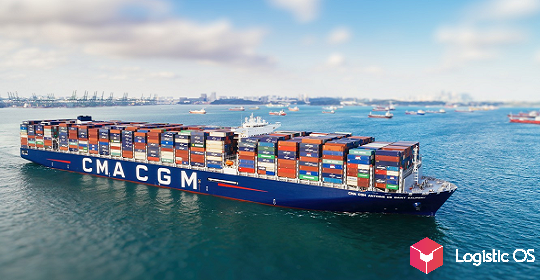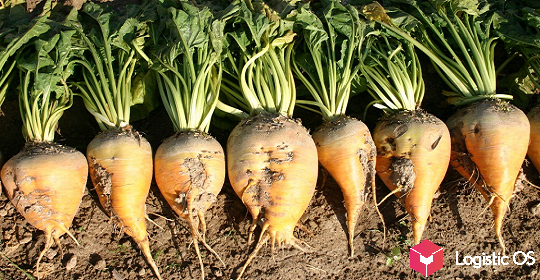By 2030, it could grow from $140 billion to more than $200 billion.
The market for alternative products (made from plant components and imitating animals) is actively developing.
According to forecasts, it can grow from $140 billion to more than $200 billion by 2030. And Russia has good chances to take a worthy place in this market, we can talk about 20%. In particular, Vladislav Romantsev, director of strategic development at Efko, thinks so.
What hinders the development of this market in Russia?
There are several factors that hinder its development.
No artificial planting
Unlike many other countries, Russia does not want to follow the path of forcibly imposing «alternative products» and ousting traditional ones.
The main task of the Ministry of Agriculture is to provide the market with familiar products, Deputy Minister Svetlana Khodneva emphasized. As for the alternatives, their choice should be voluntary.
In the end, everything is decided by the market, and in order for an alternative cutlet to defeat the traditional one, it must be tastier and cheaper.
High cost of production
At first glance, soy sausage should be cheaper than pork anyway, but in practice everything is different.
A few years ago, alternative products cost more than ordinary products, and significantly. So they were mostly chosen by people with a good income and strong vegan beliefs.
In order for the product to go «to the masses», it absolutely needs a price reduction.
To date, price parity has more or less been achieved: sausages and milk from vegetable and animal components cost about the same. But we still don’t even see a price advantage, all the more significant, on the part of alternative products.
And at the moment, the problem is not being solved, rather the opposite: manufacturers are declaring an increase in costs due to an increase in the cost of logistics, as well as an increase in prices from suppliers.
No government support
Producers of alternative products complain that the state does not help them much.
Another factor is the attitude of Russians to such products. Perhaps the situation will improve if the mentality changes.
Nevertheless, despite all these difficulties, the development of this market in Russia is still taking place.
For example, if in 2020 24,000 and 63,000 tons of vegetable milk and meat were produced, respectively, then in 2021 — already 146,000 and 126,000.
Therefore, there is a chance that production will gradually increase — but the same most likely applies to prices. After all, the same logistics costs, according to manufacturers, have grown by 10-100% over the past year.

